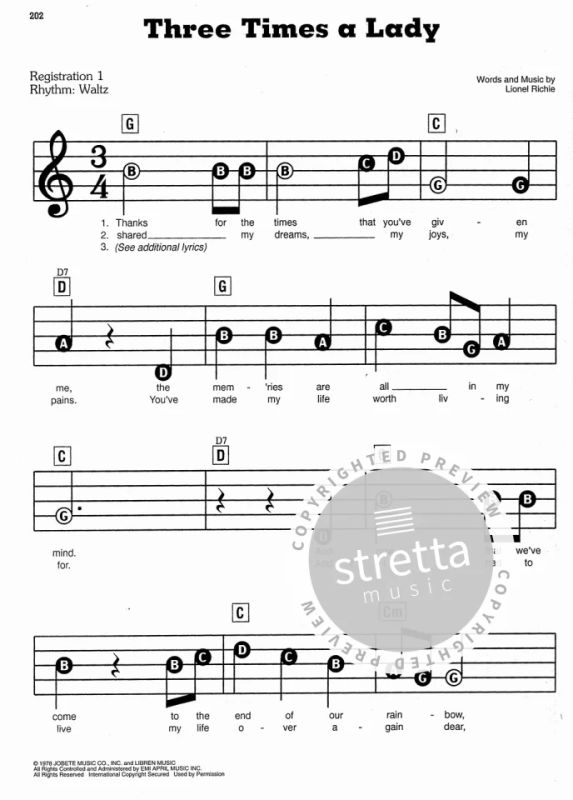
Rupert Holmes created this perfect slice of soft rock in 1979, but its legacy has continued to this day, thanks to its catchy melody and iconic and unusual lyrics. Escape (The Pina Colada Song) by Rupert Holmes It’s a great mix of exotic percussion, sweet saxophone, and intriguing lyrics.Ģ0. It’s only natural that this is her biggest hit, and it’s a good one too. The jazzy tone of Sade’s music and her velvety voice can only be described as, well, smooth. It veers dangerously close to Barbra Streisand or Barry Manilow territory but the melancholy electric piano and light guitar plants it firmly in the soft rock camp. The Bee Gees soundtrack to Saturday Night Fever is best known for its great disco tracks, but its ballads were just as popular, and this one is a great example. It’s the rare song that’s sad and funky at the same time.Ģ2. Occupying a middle ground between Steely Dan and the Bee Gees, this pretty and precise ballad is saved from sappiness because of that fantastic bass hook. It’s such an essential part of soft rock history, and besides, it’s a pretty and relaxing song that probably sounds great when you’re out sailing. This is an incredibly cheesy song, but not having it on the list would just be wrong. It’s catchy, but paranoid, much like the duo’s other songs, and while it’s not particularly deep, it’s a fun listen anyway. Personally, I find their music to be a huge guilty pleasure, especially Maneater, but this song fits the soft rock mold a lot better. Hall and Oates bridged the gap between soft rock and synth-pop with hits like this and I Can’t Go For That. Nevertheless, I think even the cheesiest songs here have an inherent value that makes them worth listening to. The closer the songs are to the bottom, the more ironic my appreciation of them is. It should be noted that I like all the songs on this list, but for different reasons. This is when the genre flourished, but a few stragglers remained well into the 1980s. This list will have a natural bias towards the ‘70s. Some of the songs on this list certainly fit that criteria too. However, Yacht Rock is more nautical-centric and has a lazier vibe. It is for this reason that one of the subsets of soft rock is what I like to call “Divorce Rock.” Another subgenre is Yacht Rock, a subcategory that some use interchangeably with soft rock. Adult topics such as failing relationships are strengthened by characters and storylines that figure themselves into the lyrics.

The smooth but dark aura that surrounds these songs can be traced to the lyrics. It’s hard to describe, but unless you’re a distinct singer like Stevie Nicks or Elton John, these voices are almost interchangeable. Intriguingly, artists of the genre often have very similar voices. You will not find flubbed notes, background noise, or raucous improvisation, as these songs are tight. Additionally, soft rock boasts a crisp, polished production.

So, what belongs on this list and what doesn’t? Well, here are the parameters for what I consider to be soft rock.Īn essentially edgeless and distortion-free sound is hugely evident, and while remaining largely keyboard-centric, also features guitars, though rarely the main instrument. The genre turned into pomp rock and easy listening, with pomp rock ruled by bands like Journey and Styx, and easy listening being the realm of Lionel Richie and Celine Dion. The smooth sounds were being usurped by jagged synths and syrupy strings, and by the end of the decade, the genre was nearly unrecognizable. However, ‘80s soft rock just wasn’t as good (with a few exceptions) and for the most part, it just became pop, indistinguishable from everything else. Artists like Steely Dan, Fleetwood Mac, and Todd Rundgren were critically acclaimed practitioners of this genre, but equally popular performers included artists like Leo Sayer and Christopher Cross, who were hated by most critics and are mostly forgotten today.Īdding the signature bombast of the decade, the genre would evolve in the ‘80s, with artists like Hall and Oates achieving huge commercial success using this template. Instrumentally, they’re categorized by an incessant use of the electric piano (an electro-mechanical keyboard that produces a watery sound) and melodic bass, which gave the songs an added funk. These songs were mostly by middle-aged men who weren’t particularly good-looking, and they primarily featured lyrics about breakups or odd characters. Soft rock, or yacht rock as some like to call it, was a popular genre in the ‘70s and ‘80s that mixed the ballad songwriting style of Barry Manilow and Neil Diamond with traditional, albeit pared-down, rock and soul instrumentals. Let’s give it another look and list the 25 best songs in the genre. Soft Rock was one of the most dominant music genres in the 1970s, but by the ’80s, it wasn’t taken very seriously.


 0 kommentar(er)
0 kommentar(er)
